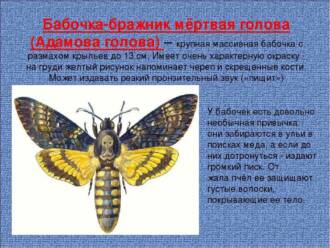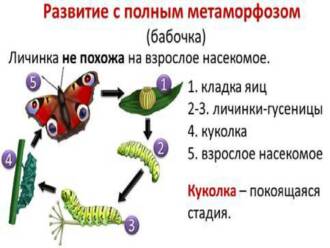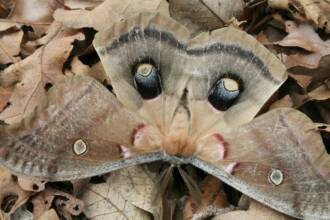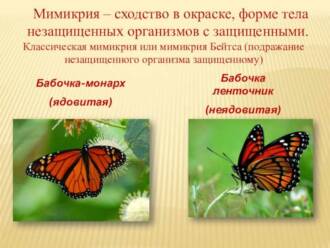
Africa is one of the richest continents when it comes to the diversity of flora and fauna. Butterflies of Africa are no exception, representing an amazing variety of species and forms. In this article, we will look at the features and some interesting facts about African butterflies.
African butterflies are distinguished by their bright colors and variety of shapes. They can be large and beautiful, with bright patterns on their wings, or small and inconspicuous. Some species of butterflies in Africa have transparent wings or long tails, which makes them even more unique.
One of the most famous African butterflies is the monarch butterfly. This butterfly has bright orange wings with black specks and allows itself to fly freely for thousands of kilometers. She became a symbol of migration and endurance.
Butterflies of Africa play an important role in the ecosystem of the continent. They are pollinators of many plants and help maintain the balance in nature. In addition, some species of African butterflies contain poisonous substances that serve as protection against predators.
The main types of African butterflies
Africa is famous for its variety of butterflies, among which there are several main species. They amaze with their colorful wings, attracting the attention of explorers and nature lovers.
1 African Monarch (Danaus chrysippus)
This type of butterfly can be seen in almost all regions of Africa. They have bright orange-brown wings with black and white stripes. African monarchs are known for their migrations, where they make long journeys in search of food and breeding grounds.
2. African candle (Charaxes jasius)
This butterfly has large wings with bright colors and patterns. It lives in the forest and mountain regions of Africa. The African candle is known for its ability to mimic, that is, to imitate other types of butterflies or insects in order to protect itself from predators.
3. African admiral (Vanessa cardui)
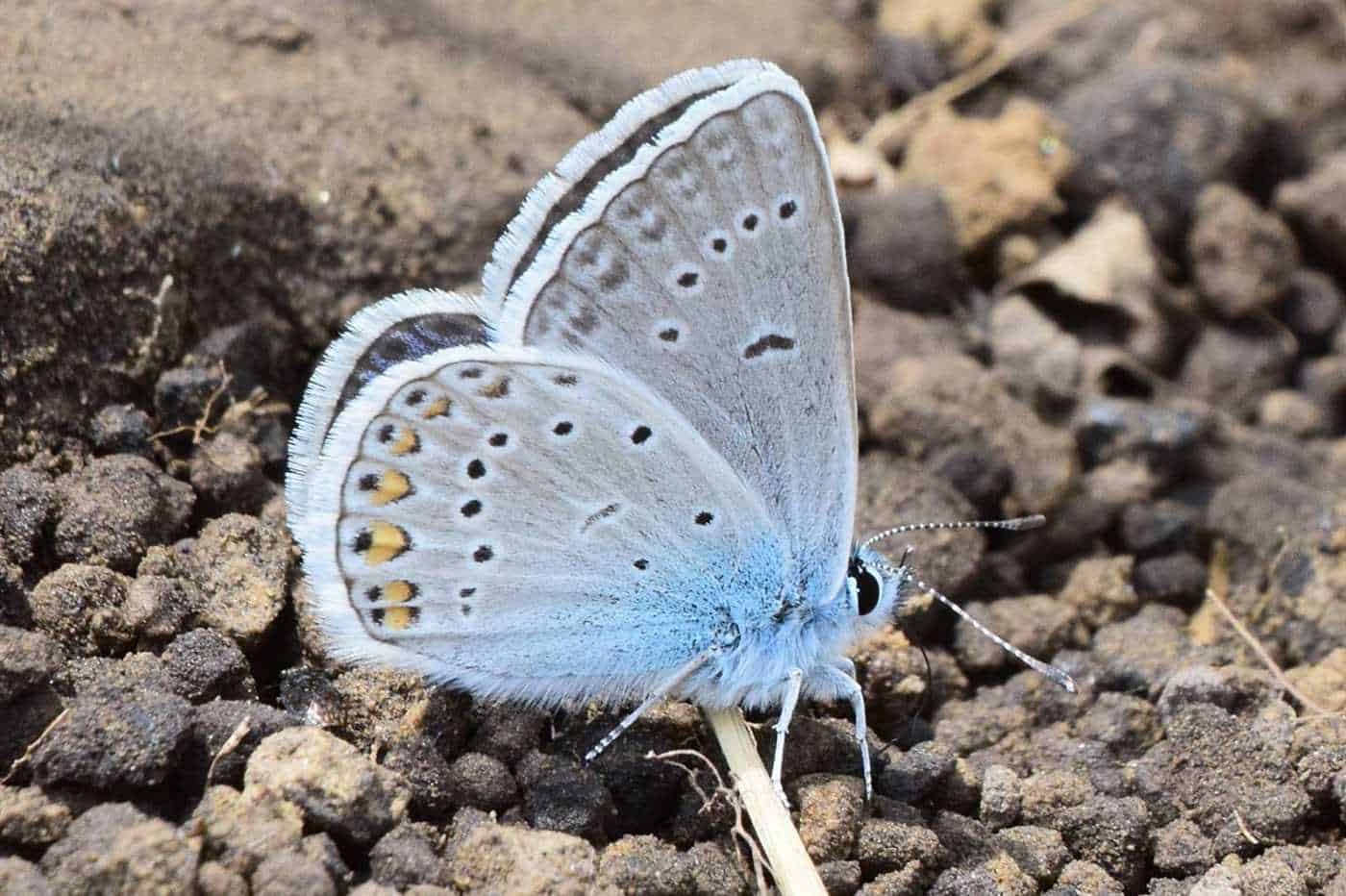
This type of butterfly lives in many regions of Africa. They have beautifully patterned wings that include orange, black and white. African admirals are known for their mass migrations, where they can fly hundreds and even thousands of kilometers in search of food and breeding conditions.
4. African blue peacock eye (Papilio demodocus)
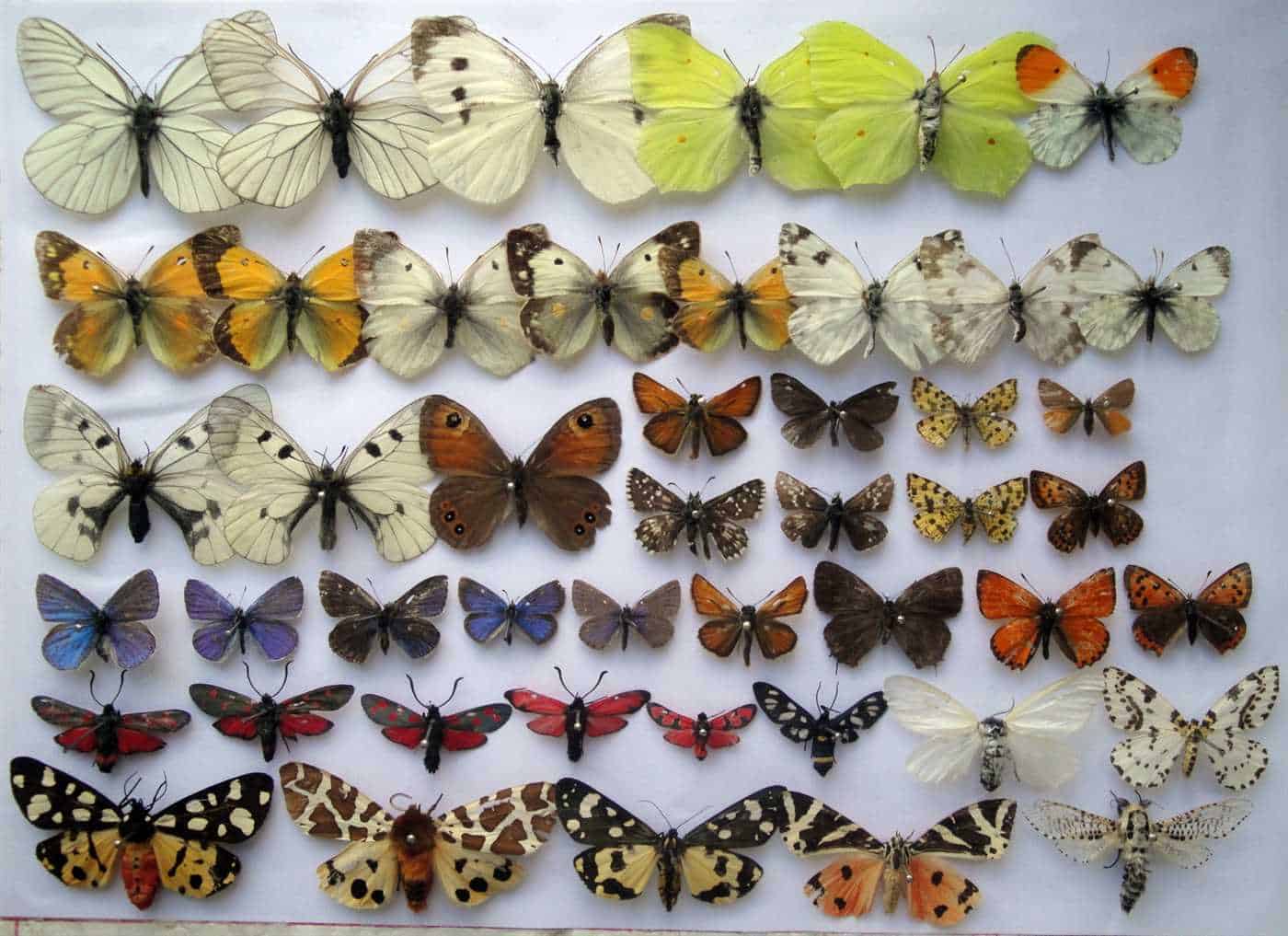
This butterfly has wings with a blue color and beautiful patterns that resemble the eyes of a peacock. It lives in many regions of Africa, especially in mountainous and forested areas. The African blue peacock eye is famous for its ability to fly long distances and overcome obstacles.
All these types of African butterflies are magnificent and amazing in their beauty. Photos of these butterflies allow you to appreciate their diversity and uniqueness.
Butterflies with bright wings
Butterflies of Africa are famous for their colorful and bright wings, which attract attention and impress with their diversity. They are true artists of nature, creating real works of art on their wings.
The wings of African butterflies are decorated with various patterns, colors and designs. Some species have bright stripes, spots, or variegated patterns that make them unique. Other butterflies may have wings with large eyes that serve to deter predators or attract mates.
The uniqueness of African butterfly wings lies not only in their brightness, but also in their shape. Some species have wings that resemble leaves or flowers, which allows them to perfectly camouflage among plants and be invisible to predators.
In addition, African butterflies can change the color of their wings depending on environmental conditions or their mood. This makes them even more amazing and mysterious creatures of nature.
Butterflies with transparent wings
In the world of butterflies in Africa, you can meet amazing creatures with transparent wings. These butterflies attract attention with their unique beauty and unique wing structure.
The transparency of the wings of such butterflies is achieved due to the special structure of their skin. It consists of numerous microscopic scales that reflect or transmit light. Thanks to this, these butterflies create the effect of transparency and unique shades.
The transparent butterflies of Africa can have a variety of color variations, from delicate pastel shades to bright and contrasting combinations. Their transparent wings allow them to easily blend into their surroundings, making them almost invisible to predators.
These butterflies are unique representatives of the African fauna and are the object of study for many scientists. They carry not only aesthetic value, but also play an important role in the ecosystem, participating in the pollination of plants and being food for other animals.
Butterflies with marble pattern
Marbled butterflies are one of the most beautiful butterfly species in Africa. Their unique wing pattern attracts attention and impresses with its diversity.
These butterflies have a marble pattern on the wings in various colors and shades. Each species has its own unique color combinations, which makes them even more attractive.
The marble pattern on the wings of African butterflies usually consists of thin and graceful lines that create the effect of marble. This pattern gives the butterflies a special elegance and beauty.
Butterflies with marbled patterns are often found in the rainforests of Africa. They prefer to live close to bodies of water where they can find food and breeding conditions.
Because of their beautiful appearance, marbled butterflies are often the subject of photographs and artwork. They are a real decoration of nature and a symbol of beauty and harmony.
Butterflies with eyes
African butterflies amaze with their diversity and beauty. One of the most impressive elements of their appearance is their eye coloring, which mimics the eyes of predators and is a kind of protective mechanism.
Many species of butterflies in Africa have coloration on their wings that resembles the eyes of predators, such as a lion or a hawk. This type of protection helps butterflies to divert the attention of predators and escape from them. When a butterfly opens its wings, the eyes on them create the illusion of a large and dangerous creature, which is better not to approach.
This eye coloring also helps butterflies attract breeding partners. When a male sees a female on the wings with a coloration resembling eyes, he understands that he has a female of his own species in front of him and is ready to breed. This helps butterflies to find partners in a wide variety of species and increase their chances of maintaining and developing the species.
Methods of protection and mimicry
Butterflies in Africa have a variety of defenses and mimicry that help them survive in the harsh world around them.
cryptic coloration
One of the defenses used by African butterflies is cryptic coloration. They adopt colors and patterns that help them blend in with their environment and be invisible to predators. Some species, for example, have a coloration similar to the bark of trees or dry foliage, which makes them almost invisible against the background of nature.
Mimicry
Butterflies of Africa can also use mimicry to protect themselves from predators. They can imitate the appearance of other creatures that are dangerous or unpleasant for predators in order to divert attention and scare off a potential pursuer. Some species of butterflies can mimic the bright colors of poisonous beetles or even snakes to create the illusion of danger and deter predators.
Special Structures
Some African butterflies have special structures that also help them protect themselves from predators. For example, some species have wings with transparent spots or stripes that create a light-breaking effect and make them less visible to predators. In addition, some butterflies have spikes or protrusions on their bodies that serve as defensive weapons and deter predators.
All these defenses and mimicry used by African butterflies allow them to survive in harsh conditions and maintain their population for many generations.
Camouflage protection
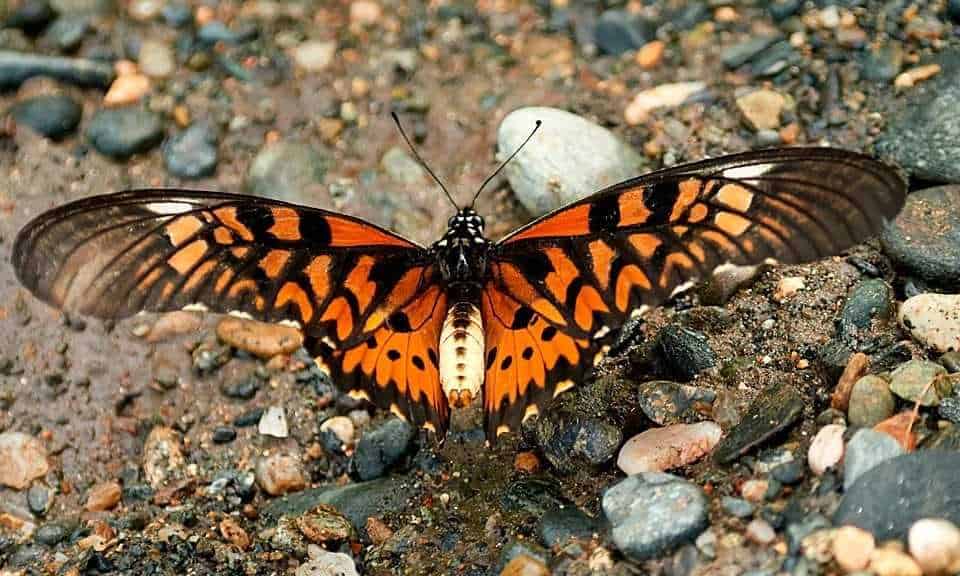
Butterflies of Africa are true masters of camouflage. They have developed amazing abilities to hide from predators due to their coloration and patterns on their wings.
One of the most famous butterflies in Africa that uses camouflage for protection is the fox butterfly. It has various spots and stripes on its wings that help it blend into its surroundings. Thanks to this camouflage, the fox butterfly becomes invisible to predators and can safely stay among the leaves of trees.
Another butterfly that uses camouflage to protect itself is the ghost butterfly. She has transparent patches on her wings that allow her to blend in with the color of her surroundings. Thanks to this camouflage, the ghost butterfly becomes almost invisible to predators.
Another interesting example of camouflage in African butterflies is the camouflage butterfly. She has patterns on her wings that are very similar to the color and texture of tree bark. Thanks to this camouflage, the camouflage butterfly can hide in trees and go unnoticed by predators.
Mimicry under poisonous butterflies
African butterflies are masters of mimicry. They have the ability to mimic the look and behavior of poisonous butterflies to scare away their predators. This is an important defensive strategy that allows butterflies to survive in the harsh conditions of the African savannah.
Mimicry in African butterflies manifests itself in various aspects. First, they have a bright color that resembles the color of poisonous butterflies. It can be bright orange, red or yellow. This coloration serves as a warning to predators that these butterflies are dangerous and should not be attacked.
In addition, African butterflies have special wing patterns that also mimic those of poisonous butterflies. These patterns may be stripes, spots, or dot patterns. They serve as another signal to predators that these butterflies are dangerous and it is best to stay away from them.
Photos of African butterflies demonstrate their diversity and beauty. Each species of butterfly has its own unique mimicry features, which makes them even more interesting to study. A defensive mimicry strategy helps these butterflies survive and reproduce, providing them protection from predators in the African wild.
Mimicry under dangerous insects
African butterflies are amazing not only for their beauty, but also for their ability to mimic dangerous insects. This means that they take on an appearance similar to other animals, which are perceived as threatening and dangerous to would-be predators.
The reason for this behavior of African butterflies is to protect against predators. By imitating dangerous insects, they can avoid attacks and stay safe. Some species of African butterflies can mimic poisonous beetles or bees, which scares off predators and makes them of little interest to attack.
Photos of African butterflies in their mimicry guise amaze with their diversity and the art of imitating dangerous insects. They may mimic bright colors or certain shapes to make themselves look like insects that predators try to avoid. This is an example of evolutionary adaptation and helps African butterflies survive in the harsh environment of nature.
Features of behavior and habits
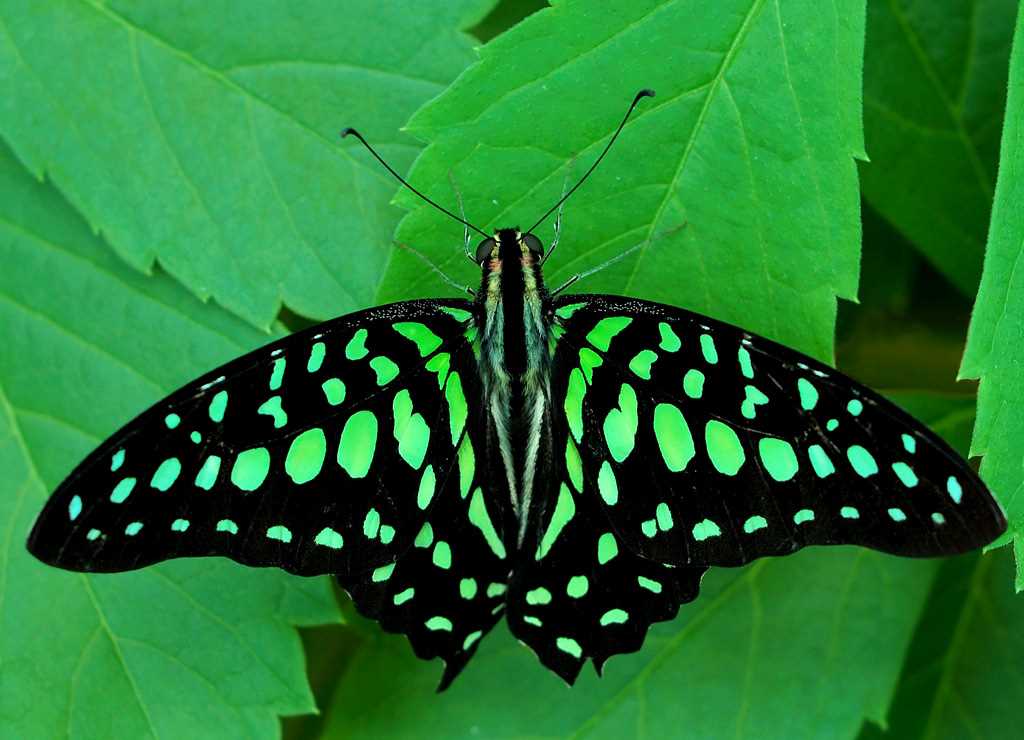
Butterflies in Africa have a number of behaviors and habits that distinguish them from butterflies in other regions of the world.
Migration
Many species of African butterflies migrate long distances in search of food and breeding conditions. They are able to overcome vast spaces, overcoming winds and obstacles. This phenomenon is called butterfly migration.
sociality
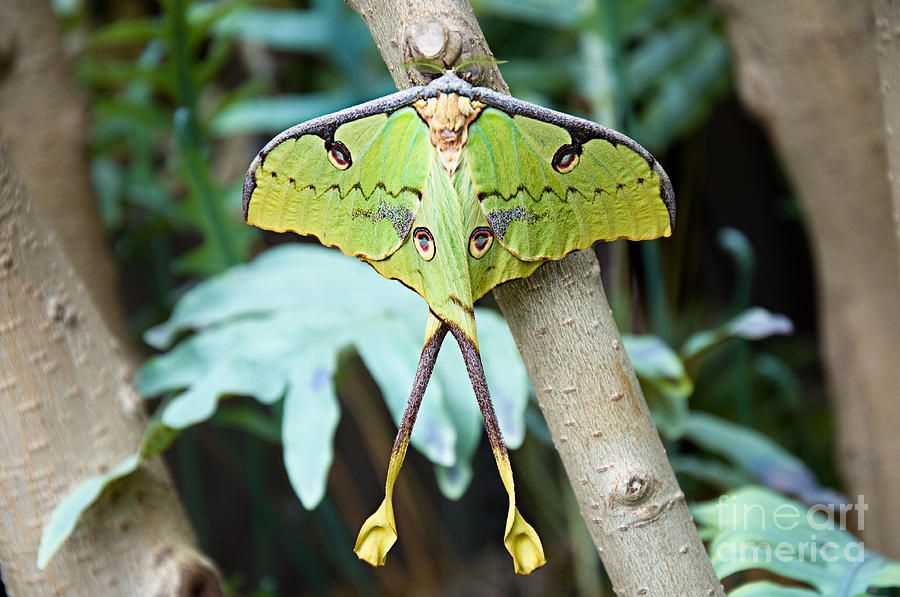
Some species of African butterflies form large colonies where many individuals exist together. They can live in the same tree or in the same place, providing themselves with security and better breeding conditions. Such colonies may include hundreds or even thousands of butterflies.
Interaction with plants
Butterflies of Africa play an important role in plant pollination. They visit flowers by feeding on nectar and in the process transfer pollen between flowers. This promotes the pollination process and helps the plants reproduce. Moreover, some species of butterflies interact with plants on a more narrow level, such as using certain plants to lay eggs or provide nutrients for their caterpillars.
Defense mechanisms
Many African butterflies have defense mechanisms that help them survive harsh environments. Some species are brightly colored or have odd shapes to distract predators. Others may emit toxic substances or have special organs for camouflage.
Feeding on specific plants
African butterflies have varied dietary preferences and are often dependent on certain types of plants. These butterflies can be specialized, feeding on only one plant species, or more general, feeding on several plant species.
For example, some species of African butterflies, such as African monarch (Danaus chrysippus) and african lemongrass (Gonepteryx cleopatra), feed on the nectar of flowers of various plants. They prefer flowers that contain sweeter nectar and have vibrant colors.
Other species of African butterflies such as African jaundice (Colotis evagore) and African blueberry (Cacyreus marshalli) have more specialized dietary preferences. They only feed on certain types of plants that provide them with the nutrients they need.
Photos of African butterflies can be found in a variety of sources, such as scientific and encyclopedic books, nature magazines, and online biodiversity resources.
Reproduction features
Butterflies of Africa have their own characteristics in reproduction, which distinguish them from other types of butterflies. One of these features is the migration of butterflies in search of suitable conditions for reproduction.
After reaching adulthood, male and female African butterflies make long migrations, overcoming great distances. They look for places with a temperate climate and the presence of food plants necessary for laying eggs and feeding caterpillars. These migrations allow butterflies to find the best conditions for reproduction and survival of offspring.
When the butterflies of Africa breed, the female lays her eggs on certain plants, which will serve as food for the caterpillars. However, not all plants are suitable for this purpose, so the female chooses only those that have the necessary characteristics. For example, some butterfly species in Africa can only lay their eggs on certain types of plants or on certain parts of plants.
After laying the eggs, the female African butterfly dies and the eggs hatch into caterpillars. The caterpillars feed on the plants on which they have laid their eggs and go through several developmental stages before turning into a chrysalis. The pupa then develops into an adult butterfly and the breeding cycle repeats.

